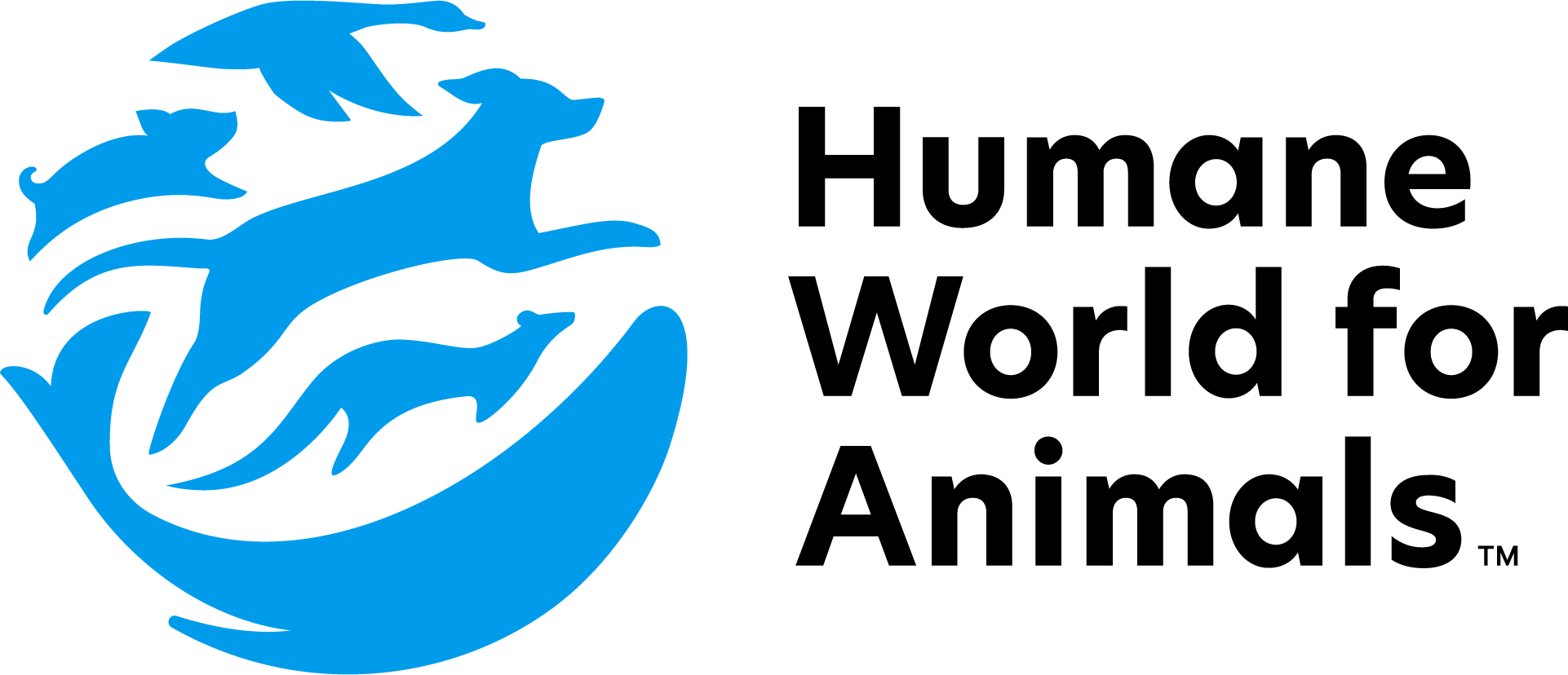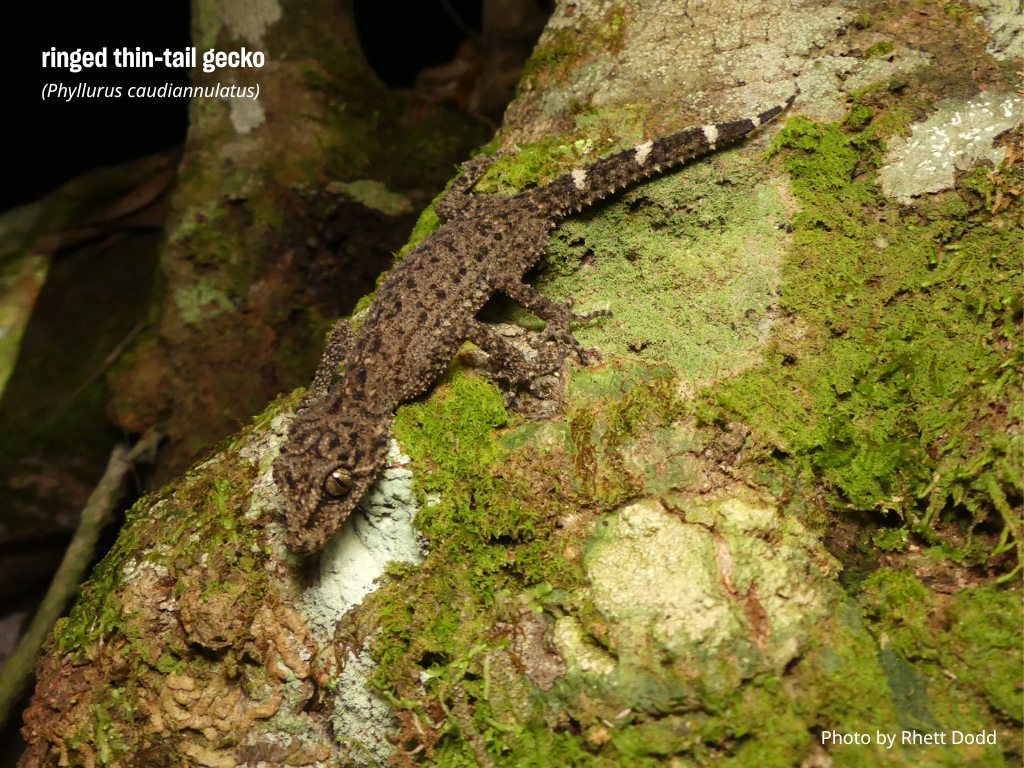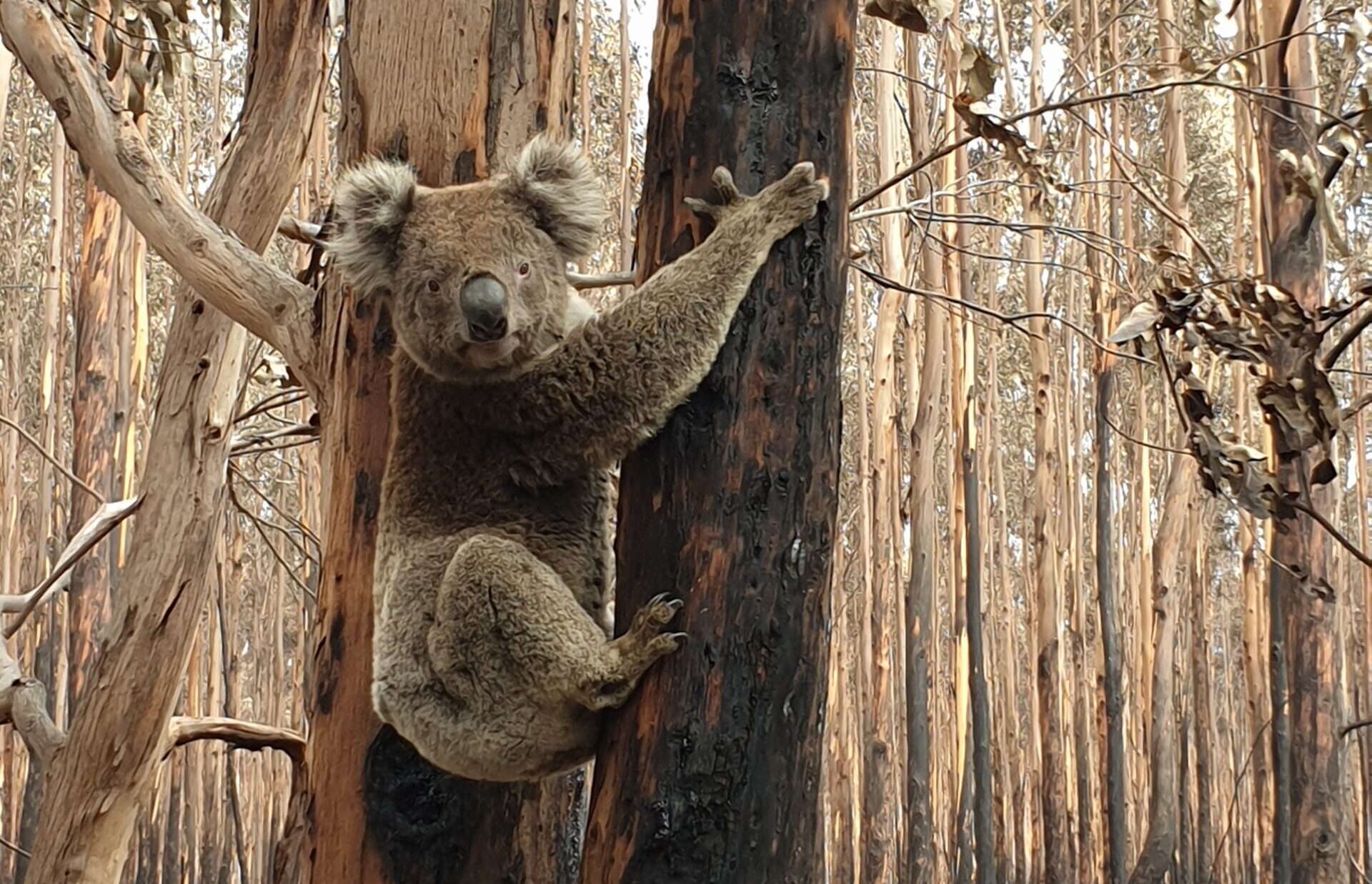Later this month, two Humane World for Animals Australia biologists, Dr Renae Charalambous and Lawrence Chlebeck, will travel to the ancient city of Samarkand, Uzbekistan to attend the 20th Meeting of the Conference of the Parties (CoP) for the Convention on the International Trade in Endangered Species (CITES). As strange...
Research shows that Australia’s great white sharks are highly related to each other and may consist of fewer than 500 breeding animals.
SYDNEY, 24 June 2025: Latest research has found Australia’s great white shark population is much smaller than expected, increasing their vulnerability to further population threats.
The population genetic study—funded and supported by the New South Wales Department of Primary Industries Shark Management Program and Deakin University—used DNA sequence data from more than 600 Australian great white sharks to assess genetic structure.
The findings show that sharks from eastern and southern Australia constitute a single breeding population.
Unexpectedly, the study also detected high levels of relatedness among juvenile and subadult Australian white sharks and estimated the population to consist of fewer than 500 breeding animals spanning Australia’s entire coastline.
While these secondary findings require further investigation, they do raise concerns for the conservation of Australian white sharks as the more closely related animals are, the more vulnerable their population becomes to negative processes such as inbreeding, genetic erosion and extinction risk.
‘These findings highlight the ongoing need to maintain and improve conservation efforts, especially if one of the ocean’s greatest and most iconic animals is at greater risk than previously thought,’ said Lawrence Chlebeck, marine biologist with Humane World for Animals.
‘While we’ve seen improvements in Australian fisheries management in the last 25 years to reduce the likelihood of white sharks being caught and killed, there are multiple ongoing threats to white sharks, including shark culling programs operated both by Queensland and New South Wales governments.
‘Even though fishers frequently spot great white sharks, it’s important that people don’t misunderstand the drivers behind this. Fishers see sharks because sharks are attracted to their activities, and everyone hears about it more because of social media. However, evidence-based research like the population genetic study highlights how white sharks still desperately need protection,’ Chlebeck said.
The great white shark was listed as ‘Vulnerable to Extinction’ under Australian federal environment laws in 1999, a move prompted by a scientific nomination by Humane World for Animals under its former name Humane Society International.
Data from the New South Wales shark nets at that time indicated great white shark numbers had declined by 70% since the 1950s and similar data in Queensland where declines of 60–75% have occurred since the 1960s (Source: Great White Shark Recovery Plan 2013)
‘With fewer than 500 breeding adults, the loss of just one of breeding animal is a serious blow to the whole population,’ said Dr Leo Guida, Shark Campaign Manager with the Australian Marine Conservation Society (AMCS).
‘White sharks are vital for the health of the ocean. They occupy the top of the food web, keeping it in balance, and without healthy numbers of sharks, food webs can become unstable and potentially collapse.
‘It’s important for all Australian governments to ensure our oceans are healthy. We are the white shark’s biggest threat, but we’re also its only hope,’ Guida said.
Humane World for Animals Australia and the Australian Marine Conservation Society are calling for an immediate end to shark culling programs and the continual improvement in how fisheries operate to protect the white sharks.
Reference:
Genomic Assessment of Australian White Sharks (Carcharodon carcharias) Challenges Previous Evidence of Population Subdivision
Zach S. R. Clark, Paul A. Butcher, Andrew R. Weeks, Charlie Huveneers, Madeline Toomey, Owen J. Holland, Jessica J. Fish, Craig D. H. Sherman, Dean C. Blower, Adam D. Miller
First published: 17 February 2025
https://doi.org/10.1111/ddi.13946
About Humane World for Animals
Together, we tackle the root causes of animal cruelty and suffering to create permanent change. With millions of supporters and work happening in over 50 countries, Humane World for Animals—formerly called Humane Society International—addresses the most deeply entrenched forms of animal cruelty and suffering. As the leading voice in the animal protection space, we work to end the cruelest practices, care for animals in crisis and build a stronger animal protection movement. Driving toward the greatest global impact, we aim to achieve the vision behind our name: a more humane world. humaneworld.org.au


